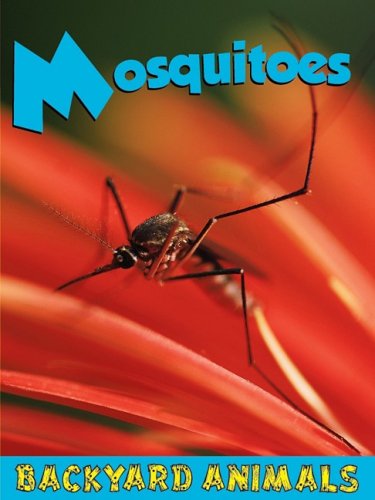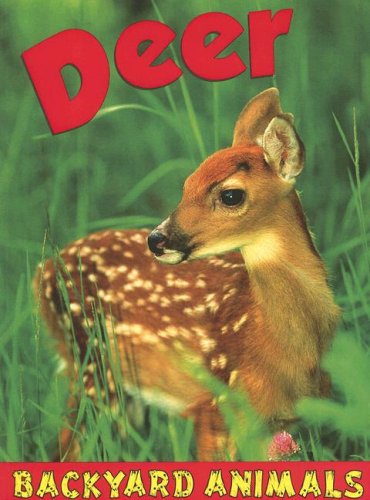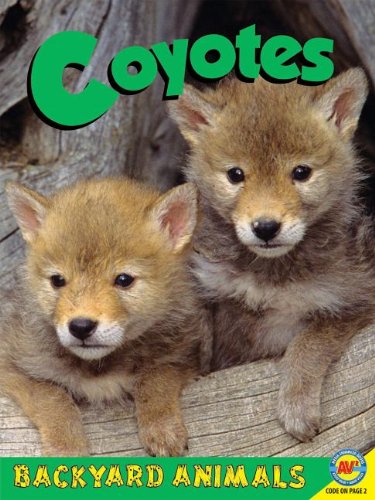-
Mountain Goats
Laura Pratt
Library Binding (Av2 by Weigl, July 1, 2011)Learn about the history and life cycle of mountain goats. Q
Q
-
Salamanders
Mari Schuh
Paperback (Amicus Ink, Feb. 5, 2019)Introducing emergent readers to vocabulary has never been so fun! This series includes a search-and-find feature that's perfect for engaging even the youngest readers. From chipmunks to salamanders, Backyard Animals uses captivating photos to teach kindergarteners new words and simple facts about animal habitats, body parts, and behaviors. This search-and-find book invites early readers to look for new vocabulary words and pictures while giving simple facts about a salamander's backyard habitat, body parts, and behaviors. I
I
-
Mosquitoes
Christine Webster
Library Binding (Weigl Pub Inc, Aug. 1, 2009)Did you know that a mosquito can smell people and animals from up to 100 feet (30 meters) away? Using their senses, these insects find sources of blood to feed on. A female mosquito may lay between 1,000 and 3,000 eggs in her lifetime. Discover more fascinating facts in Mosquitoes, a Bugs That Bite book. This is an AV2 media enhanced book. A unique book code printed on page 2 unlocks multimedia content. This book comes alive with embedded weblinks, audio and video clips, activities, and other features, such as a slide show, matching word activity, and quiz. N
N
-
Snakes
Mari Schuh
Paperback (Amicus Ink, Feb. 5, 2019)Introducing emergent readers to vocabulary has never been so fun! This series includes a search-and-find feature that's perfect for engaging even the youngest readers. From chipmunks to salamanders, Backyard Animals uses captivating photos to teach kindergarteners new words and simple facts about animal habitats, body parts, and behaviors. This search-and-find book invites early readers to look for new vocabulary words and pictures while giving simple facts about a salamander's backyard habitat, body parts, and behaviors. I
I
-
Prairie Dogs
Mari Schuh
Paperback (Amicus Ink, Feb. 5, 2019)Introducing emergent readers to vocabulary has never been so fun! This series includes a search-and-find feature that's perfect for engaging even the youngest readers. From chipmunks to salamanders, Backyard Animals uses captivating photos to teach kindergarteners new words and simple facts about animal habitats, body parts, and behaviors. This search-and-find book invites early readers to look for new vocabulary words and pictures while giving simple facts about a prairie dog's backyard habitat, body parts, and behaviors. M
M
-
Butterflies
Jennifer Hurtig
Library Binding (Weigl Pub Inc, July 30, 2007)Discusses the butterfly, including its habitats, physical characteristics, behavior, and life cycle. N
N





